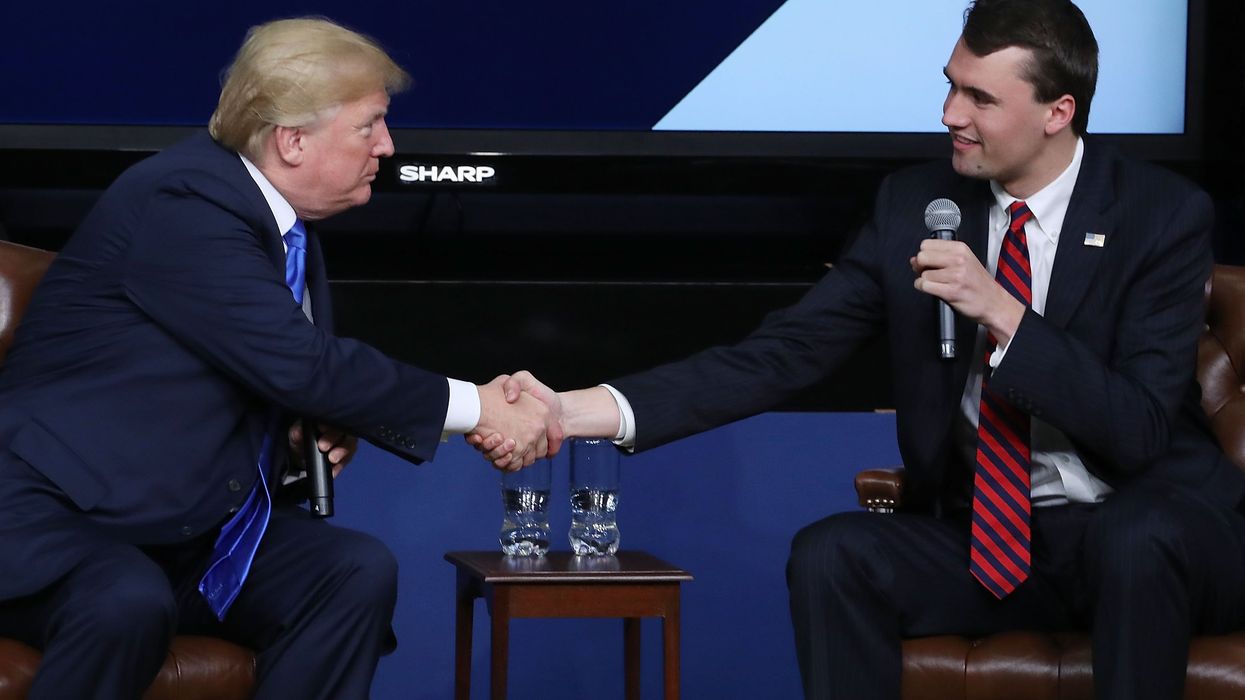Stuart Chase, a massive Fabian socialist who coined the term "The New Deal," was a key advisor to FDR and author of the 1942 book titled The Road Which We Are Traveling (not so coincidentally, also the name of Barack Obama's reelection documentary film). The Road Which We Are Traveling outlined the Fabian socialist system of planning:
• Strong, centralized government
• Powerful Executive branch at the expense of Congress and the Supreme Court
• Government controlled banking, credit and securities exchange
• Government controlled employment
• Unemployment insurance, old age pensions
• Universal medical care, food and housing programs
• Access to unlimited government borrowing
• Government-managed monetary system
• Government controlled foreign trade
• Government controlled natural energy sources, transportation and agricultural production
• Government regulation of labor
• Youth camps devoted to health discipline, community service and ideological teaching consistent with authorities
• Heavy progressive taxation and hidden taxes on a nation's wealth
In his book, Chase stated the U.S. was no longer a Constitutional government, and advocated for a yet-to-be-named political system called "X." While the name was unclear, Chase's plan was decisive.
"He talked about all the things that we needed to do or needed to know --- and they involved taking over and infiltrating the media and education and raising taxes, going off the gold standard, et cetera, et cetera," Glenn said.
Implementing the system would have meant never going back to capitalism in a recognizable way.
Glenn shared the three phases needed to achieve this new political system on his radio program Thursday.
"I just want to give you the three phases of revolution in the United States, and you tell me where we are," Glenn said.
Phase I: Infiltration
Group control was required. Instead of individual rights and freedoms, leaders were to organize people in a way that would set them apart.
"Sanger organized around birth control. Wheeler organized around temperance. Labor groups organized workers, and so on. It's all about community organizing," Glenn said.
Phase one also included weakening the social fabric, confusing the concepts of right and wrong and bringing society to a state of near crisis.
Phase one, check.
To explain phase two, Glenn pointed to page 265 of his new book Liars, which comes out August 2nd.
Phase II: Allow Chaos
Chaos was an essential ingredient in the eventual rise of a new order. Progressives and authoritarians of all stripes understood this. The goal was for citizens to rise up and call out for law and order.
"It's why Occupy Wall Street was a movement that was allowed to disrupt American cities for so long," Glenn said. "It's why the violence that breaks out at Trump rallies and the supposed leader offers to personally pay perpetrators' legal fees."
Phase two also included enforcing negative stereotypes, encouraging reckless habits, and isolating and destroying truth, all while leaders remained in the shadows.
"Isolate, destroy and discourage the truth," Glenn continued. "The narrative is, if you attempt to question, you must be stopped. That's why those who attempt to explain their strategy are mocked, ridiculed and condemned."
Phase two, check.
Phase III: The Political System
This was the moment when progressives came out of the shadows and made their move in the open. When the reckless behavior and chaos they had encouraged and sown became overwhelming, they proposed political system X as the only way out of the mess, arriving like the cavalry at the end of a western movie to save the day. But their safety came with a heavy price.
"Stuart Chase admired Soviet Russia and what Stalin did to those who opposed him. He just killed millions of people," Glenn said. "I'd like to look at this as silencing your adversities, but I think they really do believe in liquidation."
Phase three also included activating a shadow system operating behind the scenes --- like the stimulus package and Common Core --- for a seamless transition, liquidating enemies or allies that have served their purpose, and maintaining a crisis mode.
"We're halfway through the third phase," Glenn said. "This is why character matters."
"Liquidating" people sounds like something that could never happen in the United States of America, but history shows it's happened over and over again throughout the world. So why not in America?
"Why do you think that every time there is a revolution, they go and they kill the store owners? You ever wonder why the watchmakers were killed in 1919? Because they had stores. They were businesspeople, and businesspeople were bad," Glenn said.
Communists, socialists, progressives --- whatever label they choose to use -- must destroy those who are not like-minded and believe in systems other than government control.
Standing firm on character, principles and values is vital to surviving the coming storm.
"I refuse to sell out my values, and I think you're the same person," Glenn said.
Listen to this segment from The Glenn Beck Program:

 Mark Wilson / Staff | Getty Images
Mark Wilson / Staff | Getty Images
 John Greim / Contributor | Getty Images
John Greim / Contributor | Getty Images